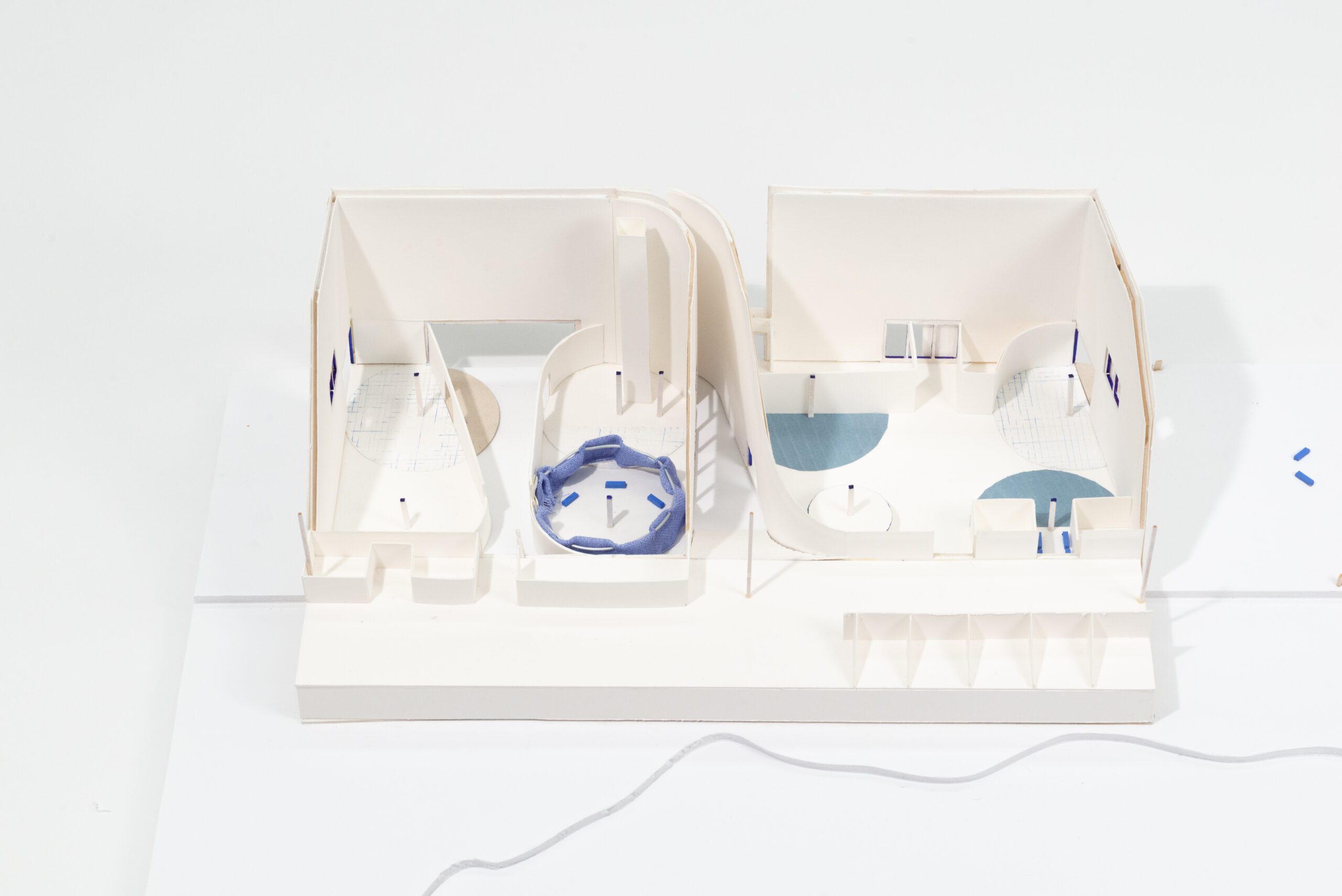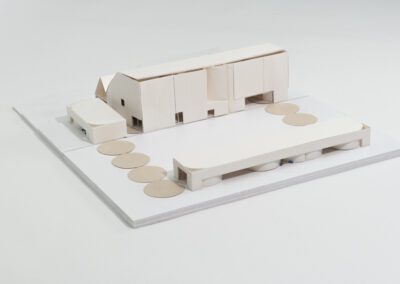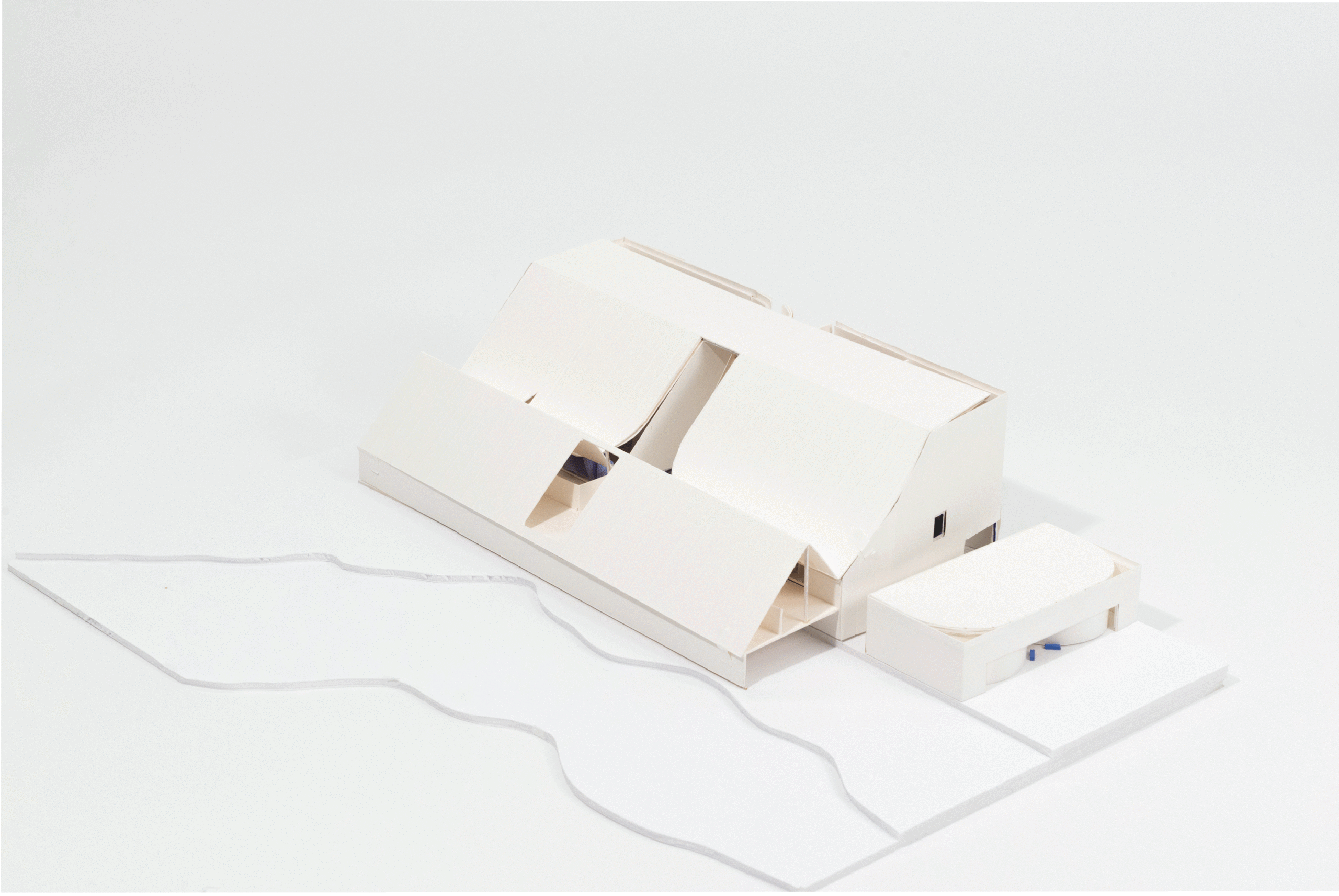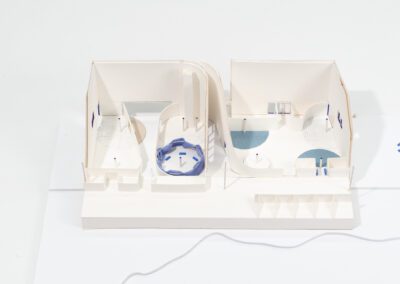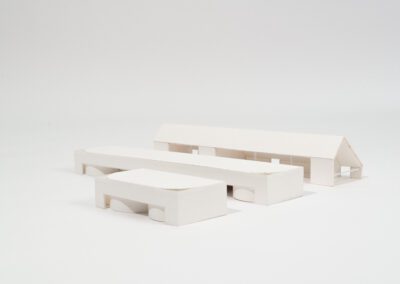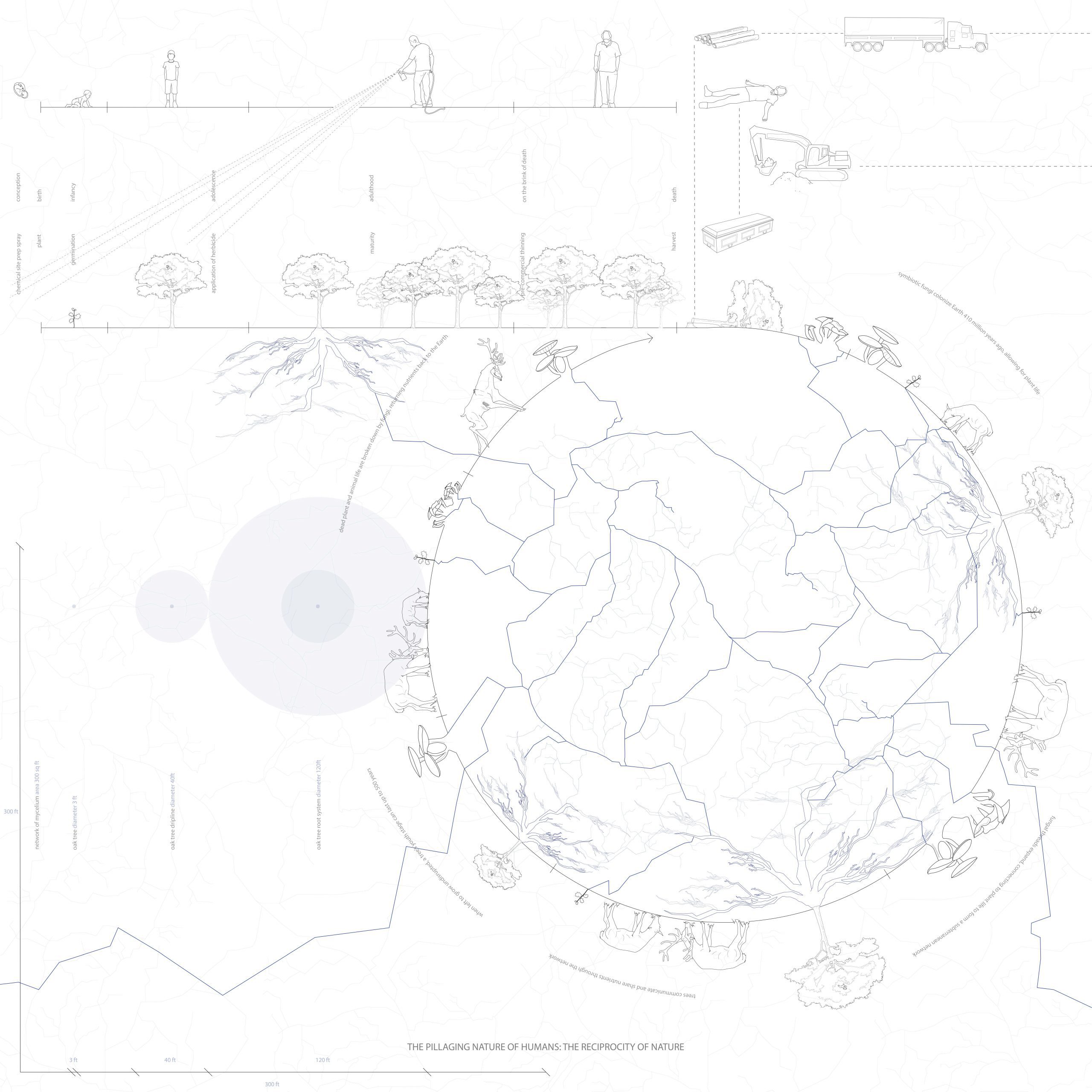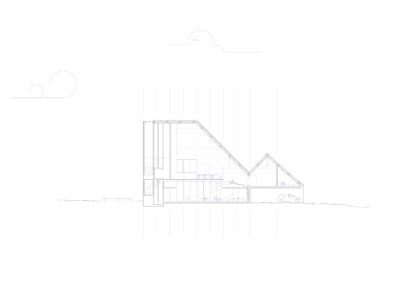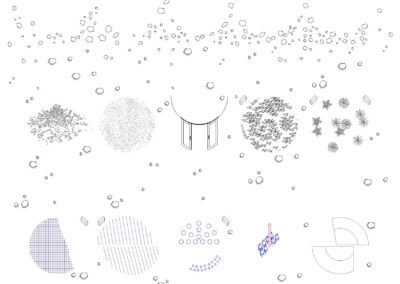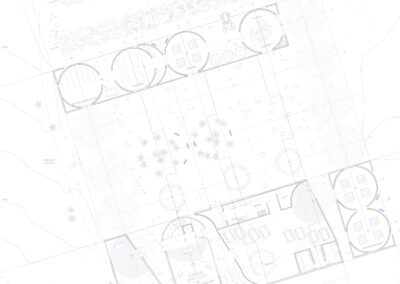Nature is resilient, simultaneously temporary and cyclical. Its regenerative tendencies expand far beyond its visible manifestations, allowing for individual organisms such as trees, insects, and fungi to form complex symbiotic networks. Consequently, forests function as super organisms, communicating and sharing resources; death giving way to new life through carefully regulated cycles. Humans are pillaging, living linearly and causing permanent damage. We imbue practices that don’t make sense at nature’s scale, resulting in misalignments that disrupt these regulated cycles and restrict renewability.
Dumping and Decomposition Grounds, located on an artificial clearing in Parker Mill County Park, functions as a large-scale community composting facility for the city of Ann Arbor. It’s proximity to the city allows for people to be involved in our often hidden waste management process, and to focus on cultivating a more intentional relationship with nature in shifting waste management into a mutually beneficial structure. A tented structure is superimposed on a system of misaligned yet self-regulating circles, which continue to organize space beyond the bounds of the building. Three smaller sheds service the composting process, which along with the tented structure are designed to be temporary and eventually removed, allowing for the forest to regenerate and populate the clearing.
STUDENT
Isa Cirulis
FACULTY
Yojairo Lomeli

